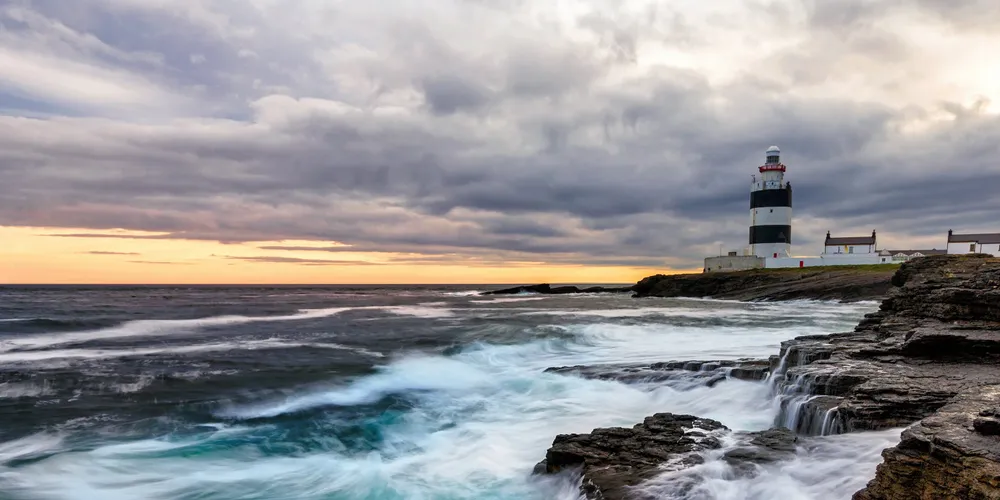German giant RWE doubles down on Irish offshore wind with swoop for 'invaluable' East Celtic
Power group buys second project to add to existing Dublin Array interests and says it's now 'key partner' in government's 2030 ambitions

Power group buys second project to add to existing Dublin Array interests and says it's now 'key partner' in government's 2030 ambitions
